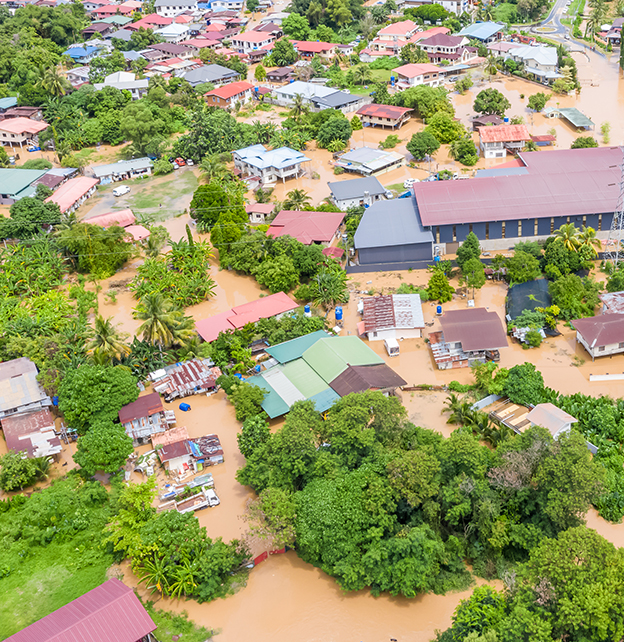Solutions
Double click here to edit new New Header component
-
Solutions
-
SOLUTIONS
Barclays Investment Bank offers advisory, finance and risk management services that connect your ideas to capital and power possibilities.
-
-
Insights
-
INSIGHTS
View thought-leading perspectives from Barclays Investment Bank’s financial experts and Research analysts.
-
-
News and Events
-
News and Events
NEWS AND EVENTS
Get the latest news about Barclays Investment Bank businesses, people and our work in the community, as well as our upcoming events and conferences.
-
- Contact Us
-
Client Login
- Barclays Live
- BARX
Client Login
Parsys 1
Double click here to edit Hero Media component
Clients of the Corporate & Investment Bank can read the full report, Storm warning on sovereign bonds on Barclays Live. Sign in
Parsys 2
Double click here to edit Go To Section component
Go to section
Parsys 3
Our Research analysts discuss the risks and why APAC needs to catch up with the momentum other regions are showing in mitigating climate change.
1. Battered by storms
According to the World Meteorological Organisation, APAC has been among the most affected regions from 2010-19, with floods and storms the most common types of disasters. Out of the 15 costliest extreme weather events of 2021, five took place in APAC1. The flood in China’s Henan province cost approximately US$17.6 billion2 and was the region’s biggest economic hit until it was surpassed by flooding in Pakistan in August and September 2022.
The Pakistan disaster inundated as much as one-third of the entire country. It destroyed food and claimed more than 1,200 lives. The damage cost US$30 billion, caused significant underperformance of its bonds and triggered a rating downgrade. All in all, extreme weather events are becoming more frequent and costlier, increasing by a factor of five and the cost per-event increased by nearly 77% between 1970 and 2019.
2. Asia-Pacific was hit the hardest
While all continents experienced increased economic losses during 1970-2019 due to extreme weather, losses in Asia-Pacific increased the most, swelling to US$465 billion from US$37.4 (12.43x). Meanwhile, Africa, Europe, North and Central America (Caribbean), South America, and the South-West Pacific only experienced an increase of 1.89x, 3.59x, 10.18x, 1.89x, and 2.80x, respectively, in economic losses.
3. Economies are vulnerable
Climate-risk assessments by the World Bank and the 2019 Inform Risk Index have shown that India, Pakistan, Indonesia, the Philippines and China are the most exposed to climate-related hazards in APAC. And the first four mentioned, with the addition of Bangladesh, were identified as the least able to cope with climate hazards.
The United Nations Economic and Social Commission for Asia and the Pacific (ESCAP) estimates that the average annual loss from climate hazards for the region is about US$780 billion. That could rise to US$1.16 trillion in a moderate-case scenario (3.7% of GDP in current prices) and to US$1.45 trillion in a worst-case scenario (4.2% of GDP in current prices).
The areas of South and Southwest Asia could suffer more than other parts of APAC in both its moderate- and worst-case scenarios. ESCAP also emphasises the importance of fiscal spending on climate adaptation infrastructure. The annual cost of adaptation under the worst-case scenario is US$270 billion.
In China, Henan is the fifth largest provincial economy and third most populated province. The “7.20” disaster in Zhengzhou, Henan, was an extreme rainstorm that caused severe urban waterlogging, river floods, mountain torrents and landslides resulting in heavy casualties and property losses, according to the central government investigation report in January 2022.
We note that under-insurance is still a notable issue for APAC. For instance, China’s severe flood in Henan was only 10% insured.
4. Businesses, governments and investors should act
Developing countries with poor public infrastructure are likely to be most vulnerable to the effects of extreme weather, especially the risk of flooding. As instances of extreme weather increase, property developers will have to incur additional costs to incorporate flood alleviation and adaptation measures. Extreme weather events are also likely to curtail consumption, especially if such events force the general public to remain at home.
These risks, however, have not translated into decisive actions. According to the Task Force on Climate-Related Financial Disclosures (TCFD), only 25% of companies in APAC have established climate-related targets and actions, significantly below the proportion in Europe.
Countries in Asia-Pacific need significant investment in mitigation and adaptation measures. This requires up-front capital to finance infrastructure projects. However, the countries exposed to the greatest climate risks with the most pressing climate-finance needs also tend to have the least fiscal space to address the problems.
One possible method to alleviate this mismatch could be the development of blended finance, whereby public money is used to attract private investments for green projects in developing countries. This can take the form of developed countries providing the first-loss tranche in less-developed nations, thus helping to de-risk and entice private capital.
This way, sovereign engagement can play a crucial role in driving changes and shaping outcomes. This includes engaging with state-owned enterprises, as they are often vital to some countries’ environmental goals. Over time, this would help to institutionalise a sustainability mindset and better position APAC for the future.
1 & 2: Weather-related disasters increase over past 50 years, causing more damage but fewer deaths”, World Meteorological Organization, 31 August 2021
Explore more on our Extreme Weather insights hub
In a series of articles, our Research team offers fresh insights into the connections between climate and weather, and the adaptation and mitigation strategies that economies around the world will have to adopt in the coming years and decades. In the coming months, our analysts will produce sector-specific analyses, to uncover the threats from extreme weather to various parts of the economy.
Read more here
Parsys 4
Double click here to edit Banner component

Parsys 5
Double click here to edit Experts Panel Card component
About the expert

Dave Dai
Asia-Pacific Head of ESG Research
iParsys for Double Pixel component




